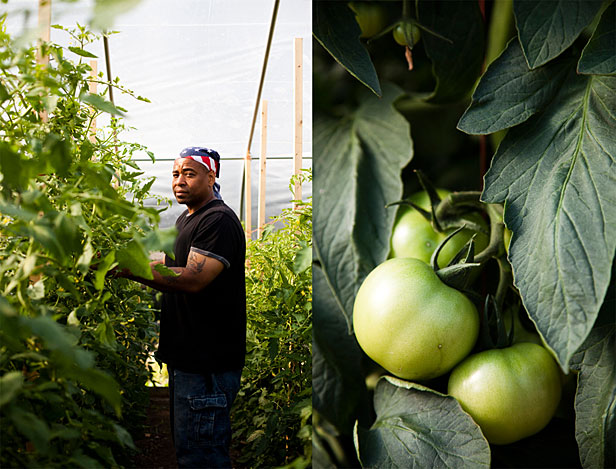 1 hr photo via FlickrThe best use for elevated transit tracks is running trains on them. But the next best use might be beautiful, innovative green space, like the newish High Line park built on a defunct railway trestle that runs through Manhattan’s Chelsea neighborhood and Meatpacking District. Cities around the nation want to emulate the park, as The New York Times reports:
1 hr photo via FlickrThe best use for elevated transit tracks is running trains on them. But the next best use might be beautiful, innovative green space, like the newish High Line park built on a defunct railway trestle that runs through Manhattan’s Chelsea neighborhood and Meatpacking District. Cities around the nation want to emulate the park, as The New York Times reports:
Phone calls and visitors and, yes, dreams from around the world are pouring into the small offices of the Friends of the High Line on West 20th Street in Manhattan these days.
Detroit is thinking big about an abandoned train station. Jersey City and Philadelphia have defunct railroad beds, and Chicago has old train tracks that don’t look like much now, but maybe they too …
The High Line’s success as an elevated park, its improbable evolution from old trestle into glittering urban amenity, has motivated a whole host of public officials and city planners to consider or revisit efforts to convert relics from their own industrial pasts into potential economic engines.
The Times piece (and accompanying slide show) got me wondering whether parks really matter in the quest to save the world from climate change and other ecological threats — or whether they’re just nice amenities. We’re a steadily urbanizing species, after all, whether or not our cities have places like High Line.
I queried Alex Steffen of Worldchanging, a reliably interesting thinker on the challenge of greening cities. Here’s what he said:
Parks and green space in general are incredibly important for making livable and pleasant the high densities we need for sustainable cities to become a reality. Linear parks in particular offer an extra value, providing a thoroughfare where people can walk and bike longer distances safe from the dangers and inconveniences of cars. That’s a win, wherever it can happen.
The next step, though, involves reclaiming asphalt: turning streets which are now used only by cars into leafy, traffic-calmed boulevards where pedestrians and bicyclists can safely and conveniently move around the city. Linear parks are great: remaking the streetscape is transformative.
He’s essentially talking about complete streets, which are a great first step if you want to help your town use less oil.
 Don Juan Tenorrio via Flickr
Don Juan Tenorrio via Flickr



